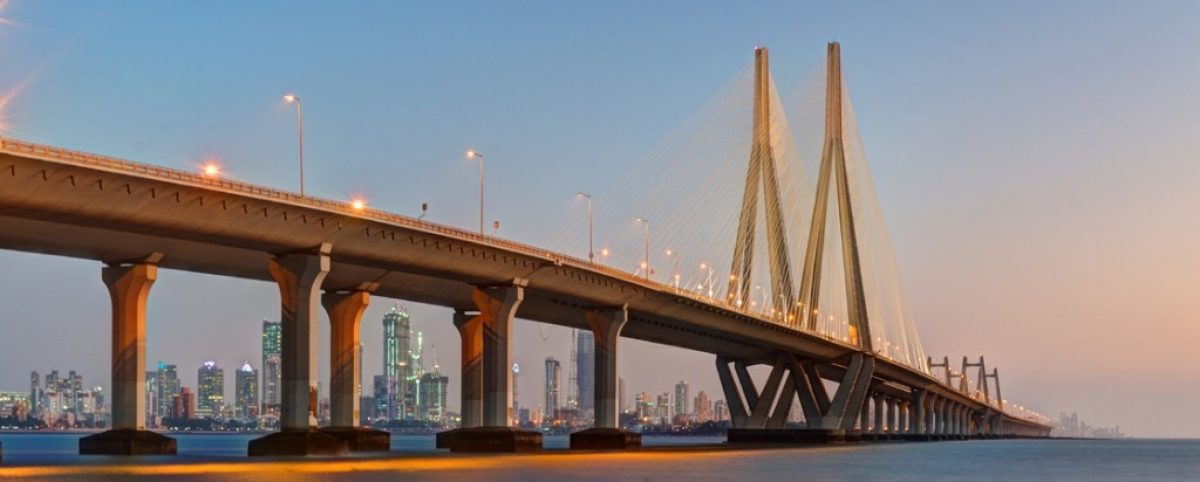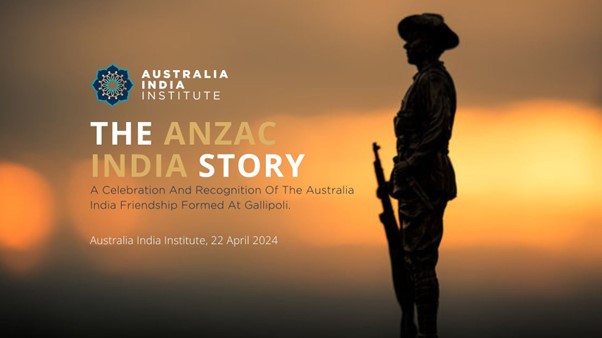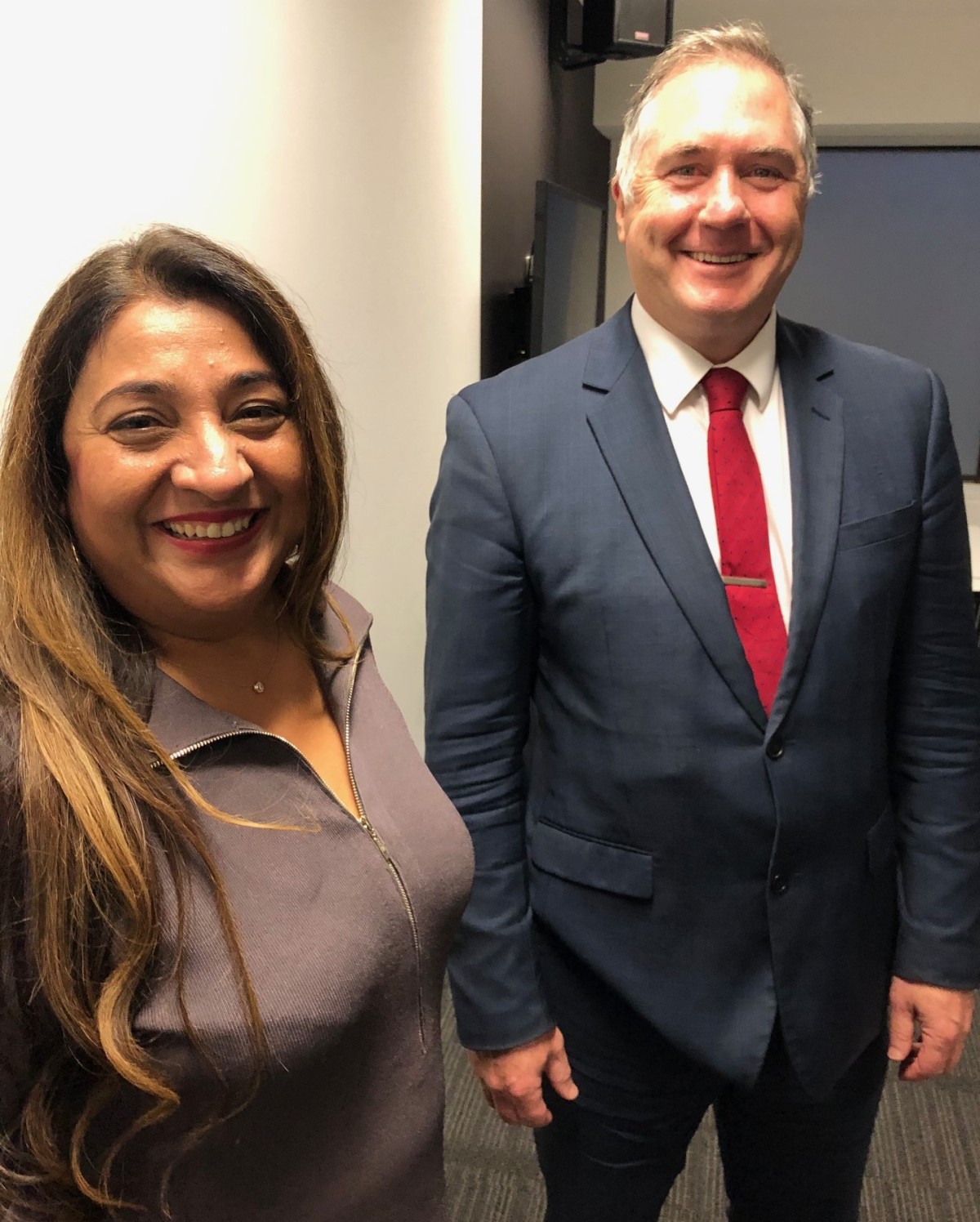The growing Indian diaspora in Australia could add real energy to our relations with India – and the sister-city program could be an ideal vehicle.
My desk research suggests that only Brisbane and Ipswich have formal sister-city relations, both with Hyderabad. I also believe Perth has begun searching for an Indian sister-city.
This is pathetically small when compared to our large numbers with Japan, USA, Canada and China. It is time to catch up with India.
Global sister-city relationships, also known as city twinning, started after World War 2 with the ideal of fostering international cooperation, cultural exchange, economic development and disaster preparedness.
Worldwide sister-city relationships right now have almost stalled, yet offer immense potential.
There is a growing need for comprehensive research to assess the effectiveness of existing collaborations, identify challenges, and formulate evidence-based policies that can enhance the outcomes of these bonds.
We should reinvent sister-city relations with India and focus on helping with challenges such as climate change and pandemics, along with development and economic links. The Indian diaspora in Australia is well placed to lead this.
Modern technology makes sister-cities highly attractive via the improved and cheap communication channels. Knowledge exchange is now easier than ever. Economic collaboration and trade between twin cities can go through the roof if the local diaspora is heavily involved.
People to people connection is the sleeping giant of Australia-India relations and it can wake up and energise via the Australian Indian diaspora.
How can we apply digital platforms, data analytics and smart city technologies to create highly effective sister cities with India? We need answers in order for sister cities to be a wise investment of time and money.
Successful sister-city relationships must be characterised by a commitment to mutual understanding, effective communication, and a focus on shared goals.
Anusha Kesarkar Gavankar, a Senior Fellow at the Observer Research Foundation, recently wrote: “Policymakers could focus on enhancing communication channels between sister cities by utilising modern technology, establishing regular forums, and promoting language exchange programmes. Developing dedicated online platforms and mobile applications can facilitate real-time communication, allowing cities to share experiences, best practices, and innovative solutions to shared challenges.
“Furthermore, establishing annual forums or conferences where representatives from sister cities can meet and discuss collaborative opportunities can strengthen ties and foster a sense of community.”
In addition to the economic potential, I would love to see sister-city scholarships for Indian students to study in Australia, as well as cultural events that showcase the rich diversity and indigenous knowledge of each city can strengthen the bond between communities.
Many of our universities now have formal links and presence in Indian cities, so it would make sense for sister city deals to focus on this groundwork.
I would also like our sister city deals with India to include “great challenges” so the two come together for problem solving and common goals. This adds real energy to the relationship.
The Indian diaspora in Australia can provide the real energy to make this work. We already know External Affairs Minister Dr S Jaishankar is a big fan.
Read more from Observer Research Foundation here:
https://www.orfonline.org/expert-speak/the-twin-connection-revitalising-sister-city-relationships






